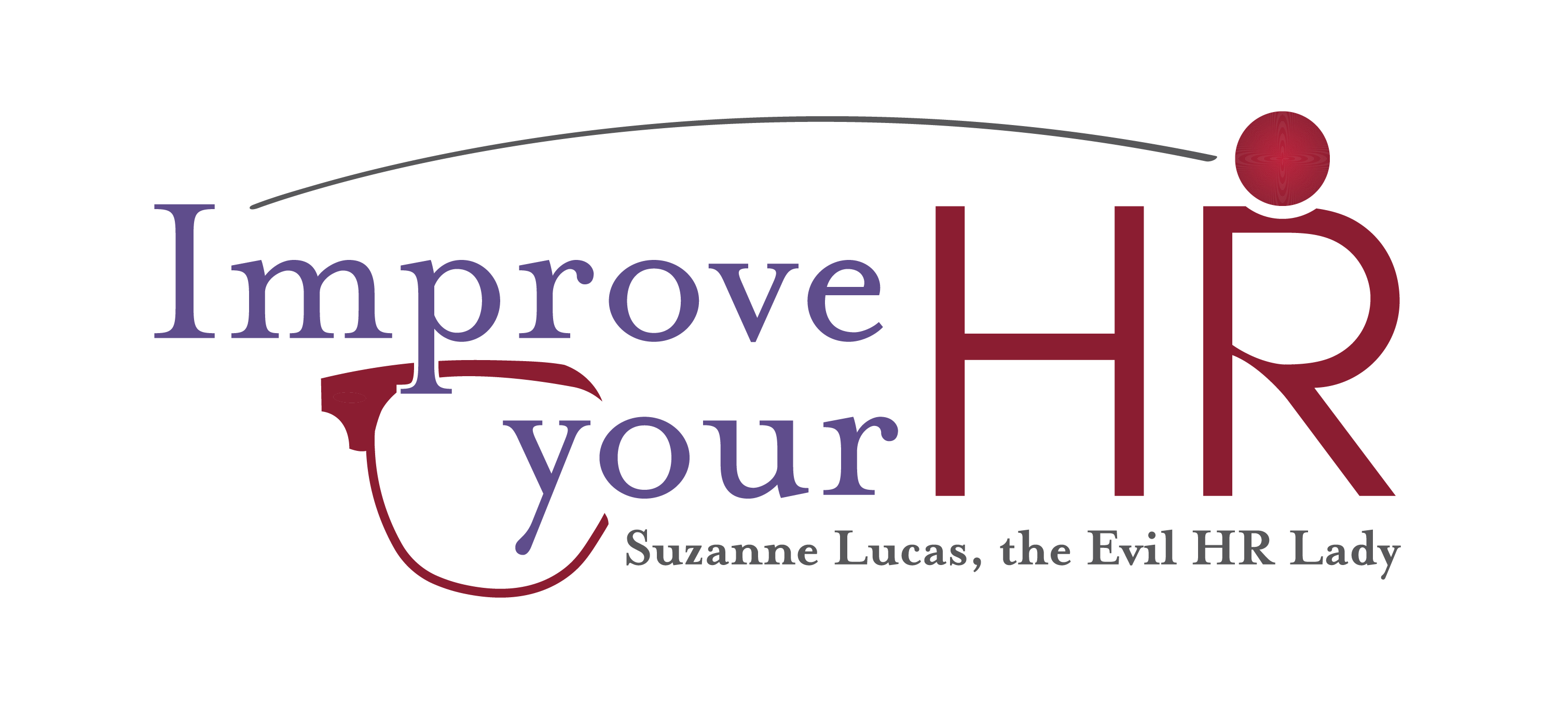The average large U.S. business loses $47 million in productivity each year as a direct result of inefficient knowledge sharing, according to Panopto’s Workplace Knowledge and Productivity report. But Sean Jackson, founder and CEO of Sift, thinks edge collaboration might be able to change that. Jackson describes edge collaboration as “eliminating the lag and the proverbial data transmissions back-and-forth between departments.” In other words, by cutting down on the time it takes to get approvals and collaborate between departments, you increase your productivity, and, in turn, save money.
But that’s not as easy as it sounds. For example, if you are in HR and need information from accounting, you might not even know the correct person to go to. So instead of collaborating with someone directly, you bring in your boss, who goes to the director of accounting, who finds the correct person to answer your question. However, that’s a lot of steps. By eliminating the need for all these additional lines of communication, you can improve productivity and efficiency across your organization. Using edge collaboration, HR leaders can create a culture of seamless knowledge sharing that promotes productivity across their organization.
To keep reading, click here: Improve Knowledge Sharing and Increase Productivity with Edge Collaboration

Great in theory but it would have been helpful to give examples of companies who actually practice this in real time. Perhaps a better use of technology would solve the human problem of incomplete communication.